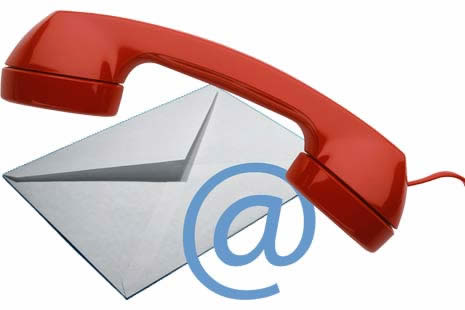
If you find yourself missing out on potential clients, contacts falling through the cracks, or not following up in a timely manner then your problem is simply a lack of an efficient contact management system!
So let me ask you:
1. Do you have a record of each of your clients/colleagues contact data, i.e. name, address, email, website, phone number etc.?
2. Are you following up efficiently and effectively when a potential client enquires about your services/programs?
3. Do you have a specific process in place for handling new client enquiries?
If you’ve answered NO to one or more of these questions, then you don’t have a suitable contact management system in place.
The good news…
This can easily be rectified! With a proper contact management system in place you will be able to:
* Keep a note of clients, potential clients, and colleagues contact information.
* Easily and effectively follow-up with a prospect.
* Locate critical client contact information quickly and easily.
* Build your business.
Sometimes the simplest contact management can be all you need so that you’re not letting potential clients slip through the cracks and you’re following up in a timely manner. When deciding on the most suitable contact management system for your business, there are three basic choices:
1. If you’re currently using Outlook it comes with its own contact address book, and Microsoft Office Professional Edition 2003 and above comes with Business Contact Manager. Outlook actually makes a good ‘command central’ for your business as not only does it store all your crucial contact management data, but you can also manage your emails, To Do list, tasks, and schedule follow-ups so you won’t lose an important contact again due to lack of follow-up!
2. You can purchase stand-alone contact management software such as ACT! This is a very robust contact management system; the only downside – you can’t use it to manage your emails!
3. You can use an online contact management system – some of which are free. This is a good choice, particularly if you want to be able to access your contact data from any PC, anywhere. And if you are working with a Virtual Assistant it’s very easy for them to maintain and update your contact data too – they simply log in!
Which one to use depends on your level of expertise and which one will work best for YOU and YOUR BUSINESS.
Don’t let your business suffer due to an inefficient contact management system. Follow my tips above to choose a system that is right for YOUR business.



